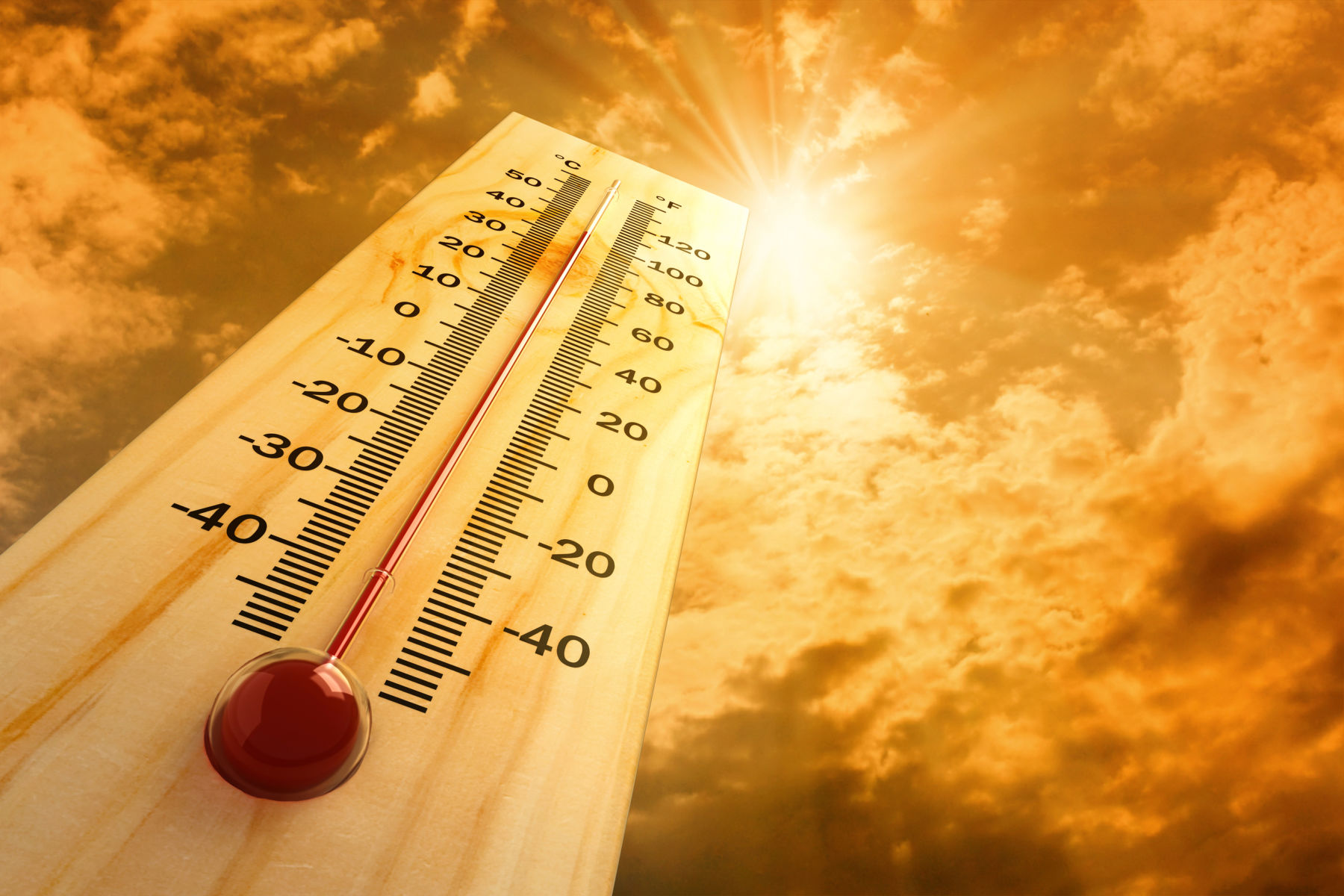
The weather folks are saying that residents of the eastern U.S. can look forward to warmer-than-average early-summer temperatures, while those in the west will have “well-above average” temperatures come mid-to-late season.
Don’t even get us started with summer weather in our nation’s southwest. Suffice it to say that there, the sun is white-hot and even the sky is sweaty.
Summer brings flip-flops, tank tops, shorts, swimsuits, picnics, camping and sky-high power bills.
Learn how to handle the heat with these tips for keeping cool indoors without breaking the bank.
1. Turn it off when you’re not home
Sounds like one of those “duh” statements, right? The Energy Information Administration, however, finds that fewer than 4 percent of us turn off our central air conditioning when nobody will be home.
Air conditioning systems reach peak efficiency when they operate for long periods, according to the experts at Lawrence Berkeley National Laboratory. Shutting off the system when you leave in the morning and then turning it on when you return home “ . . . will use less electricity than the unit would use cycling on and off for short periods to maintain the set temperature” while you’re away.
If the house remains unbearably hot while the unit is working to get to a comfortable temperature, they suggest investing in a programmable thermostat. This way you can set it to start the a/c before you get home.
2. Circulate the air
Fans don’t necessarily cool the air, they circulate it. As the air moves over your skin, it lowers your body temperature, sometimes by as much as 6 or 7 degrees Fahrenheit, according to the folks at Climatic Heating and Cooling in Virginia.
Saving energy (and money) by using ceiling fans involves setting the air conditioner’s thermostat to a higher temperature while the fans are in use and turning off the fans when nobody is in the room, according to Kristi Brodd of Advanced Energy.
The longer you use the ceiling fan with the A/C thermostat raised, the more you’ll save. The fan will cost you about a nickel every 12 hours, according to New York Times’ Michael Tortorello. The higher thermostat setting will save you about 10 percent (for each degree you raise it) on your cooling costs.
3. Maintain the a/c system
Even the most energy-efficient air conditioning system won’t lower your cooling costs if it’s not maintained routinely and properly.
A dirty filter, for instance, can cause reduced air flow and the unit will need to work harder to cool the home. The more inefficient the system is, the more power it requires which leads to skyrocketing power bills. According to the U.S. Department of Energy, a clogged filter causes the a/c system to use from 5 to 15 percent more energy.
Other routine maintenance you should perform includes:
- Ensure sufficient airflow around the unit’s condenser by cutting back shrubs and other foliage to at least 2 feet.
- A dirty condenser coil can increase the cost of cooling your home by 35 percent, so ensure that it remains clean. If you aren’t sure which part of the unit holds the condenser, check out this nifty diagram at yourdallashandyman.com. And to learn how to clean the coil, watch this YouTube video from the Entergy Corporation.
Clean the floor registers periodically so that they remain dust-free.
4. They’re called “window coverings” for a reason
An easy way to keep the heat out during a hot summer day is to keep the window coverings drawn over the windows.
The Department of Energy suggests purchasing reflective blinds, because “ . . . when completely closed and lowered on a sunny window, highly reflective blinds can reduce heat gain by around 45 percent.”
Drapery can block the sun and heat, provided the fabric is closed weave and medium-colored. Buy them with plastic backing and you’ll reduce the amount of heat coming through a window by 33 percent, according to the DOE. They also suggest that you hang your drapes as close to the windows as possible and let them fall onto either the windowsill or the floor.
Reflective films on the glass in your windows are also a brilliant way of blocking summer heat but their effectiveness depends on the size of the window, which direction it’s facing and whether or not the window has interior insulation. The DOE suggests that you will get the most savings by applying the film to west- and east-facing windows.
5. Let Mother Nature lend a helping hand
Strategically placed trees help conserve energy and reduces energy bills, according to the Arbor Day Foundation. In fact, you’ll save up to 35 percent on your air conditioning costs by planting large trees on the west, east and northwest sides of your home. The Foundation also suggests planting a shade tree over your air-conditioning unit to keep it cool as well (but don’t neglect cleaning up the leaves and other debris that may clog the condenser).
If a couple of mature trees aren’t in your budget, consider providing only 17 percent shade over the house. According to Beau Brodbeck of Auburn University and Jean-Philippe with the University of Tennessee, you’ll save $10 a month on your power bill. Add another 33 percent shade and you’ll save $20 a month.
Finally, the Department of Energy suggests that something as simple as a “ . . . trellis with a climbing vine can shade a home” and help save money.
So, go ahead — throw on a pair of shorts and a tank top and slip into those flip-flops because you’re ready to take on the summer heat.
Powered by WPeMatico




